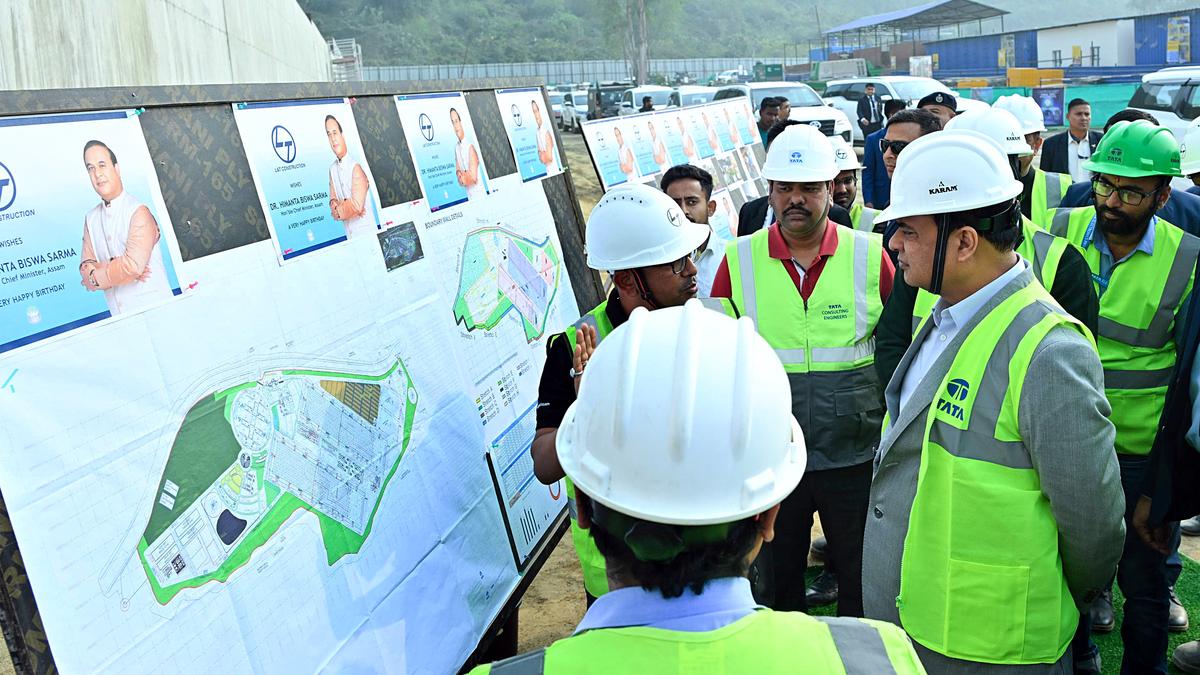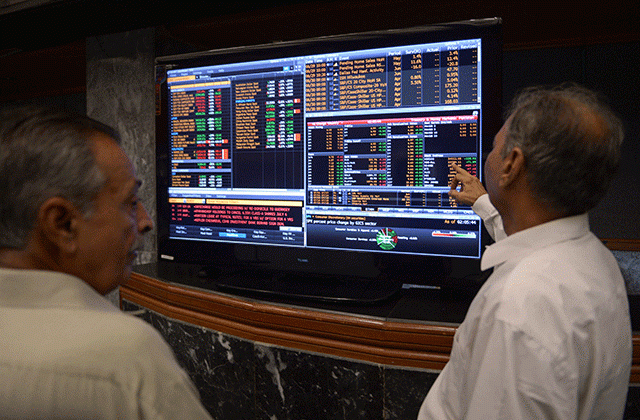Assam Chief Minister Himanta Biswa Sarma inspects the progress of the semiconductor project, at Jagiroad in Morigaon, Assam on February 1.
| Photo Credit: ANI
The story so far: The Government of India has been taking various steps to boost the production of semiconductors and electronics in India, in a bid to reduce our dependence on imports. Some previous measures include the Semicon India programme launched in 2022 with an outlay of ₹76,000 crore. Now, the government has gone a step further and has relaxed key rules related to Special Economic Zones (SEZs) to further encourage the domestic manufacture of semiconductors and electronics.
Why are semiconductors important?
Semiconductors lie at the heart of an increasingly electronic society, with AI and machine learning only the latest in a long trend of increased digitisation and automation. Semiconductors are the tiny chips processing vast amounts of information that make all of these processes possible, in one’s phone, computer, tablet, smart TV, smart speaker, car, and every other electronic gadget. According to the Semiconductor Industry Association, China accounted for about 35% of all semiconductors manufactured in the world in 2021. Following the COVID-19 pandemic, much of the world, including India, realised that the concentration of supply chains in one country posed huge risks for any country dependent on those supplies. Therefore, they started trying to boost the domestic manufacture of such key components.
What are the latest steps by the Indian government?
On June 9, the Ministry of Commerce and Industry announced that it had notified several modifications to the Special Economic Zones (SEZ) Rules, 2006, a week earlier, to enhance the domestic manufacture of semiconductors.
One of these tweaks was to Rule 5, which dealt with the size of the SEZ. Earlier, an SEZ set up exclusively for the manufacture of semiconductors or electronic components needed a minimum contiguous land area of 50 hectares. This has now been significantly reduced to 10 hectares. This reduced size will allow companies to make smaller investments but still avail of SEZ benefits such as tax exemptions, duty-free imports, and infrastructure support.
Another amendment to Rule 7 of the SEZ Rules now allows the Board of Approval for SEZs to relax the condition that had required SEZ land to be “encumbrance-free”. Land is deemed to be encumbrance-free if it does not have any legal claims, liens, or charges against it, and when clear title of ownership and transfer can be established. With India’s complicated and often-archaic land record mechanisms, and lengthy legal processes, such a requirement would have stymied a lot of SEZs. Relaxing this rule will allow SEZs to come up faster.
A third amendment was to Rule 18, allowing SEZ units in semiconductor and electronics component manufacturing to supply domestically, after paying the applicable duties. Conventionally, SEZs are exclusively export-oriented. Allowing domestic sales not only shields the SEZs from the ongoing global trade uncertainty, but also ensures a steady supply to the domestic market itself.
What has been the impact?
Given the changes are so recent, one can’t immediately establish long-term impacts. However, following the tweaks, two new SEZs have already been approved with a total investment of ₹13,100 crore. Micron Semiconductor Technology India will establish an SEZ facility in Sanand, Gujarat for the manufacture of semiconductors with an estimated investment of ₹13,000 crore, while Hubballi Durable Goods Cluster, a part of the Aequs Group, will establish an SEZ facility for the manufacture of electronic components in Dharwad, Karnataka, at a cost of ₹100 crore.
Micron’s plant is to be 37.64 hectares in area and the Aequs plant is expected to be 11.55 hectares.
Published – June 16, 2025 08:30 am IST






